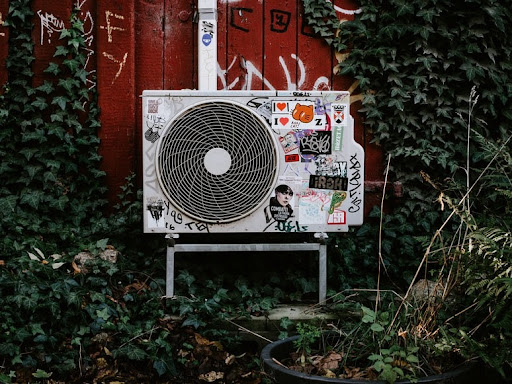Here Is What You Need To Know About Plastering and Plasterboard Finishing
Plasterboard is required for making each piece of a house, however, you wanted distinctive completion for various parts. The ideal degree of finish is foreordained, and it is designed at the plan stage. The choice with regards to plasterboard completing ought not be continued forthcoming till establishment or design state since that would not yield the ideal outcome. In any case, for homegrown structures, a level 4 completion may simply be awesome. Allow us to take a gander at the levels first.
Level 3
This is for regions that don’t need any embellishment. You will see it in regions like over the roofs, inside the assistance shafts and so forth These regions are not typically painted and brightened, and appearance doesn’t make any difference much.
Level 4
This is the standard degree of finish. This is required for where you would anticipate ordinary design or painting. This is the default level of finish for homegrown structures and workplaces.
Level 5
This is the most significant level of finish. Here the foreordained result is to have a particularly completed surface that is pretty much liberated from flaws and imperfections. Nonetheless, there might be surface variety. By and by, level 5 completion needs to indicate.
Reasonable Expectations
House proprietors do have an assumption that the outer layer of the walls will be totally liberated from imperfections. This implies that plasterboard completing would be amazing with no imperfection. Yet, this is unreasonable in nature and is hard to accomplish. A more reasonable situation is to have a surface that doesn’t have any noticeable joints and has a uniform completion that is functional and enhancing.
Accomplishing a level 4 completion
A level 4 completion is the default even out and can be utilized in any spot except if level 5 is determined. To accomplish this, a three coat framework is utilized. After the principal layer of joint cement is utilized, every one of the joints and inside points are implanted with tape. From there on, two additional layers of the joint cement is applied over the surface, joints, points, latch heads and so forth You should see that the joint cement or the Wall Plaster you are utilizing is uniformly completed and there is no device blemish on the completion.
Unacceptable result
The house proprietor may not be happy with the presence of the completion after the task is finished. The project worker may then consider overhauling the plasterboard completing to even out 5 by skim covering the surface. This would evidently conceal the flaws, assuming any, and confer an agreeable appearance to the walls. Skim covering is finished with a plastering material or some sort of an uncommon paint. However the work works on the appearance, it is never identical to a level 5 completion. It is beyond the realm of possibilities to expect to accomplish a level 5 completion at this stage. You really wanted to have a conversation between the developer, originator, plasterer, composer just as the decorator to have such a completion. To put it plainly, for accomplishing a level 5 completion and to meet the assumptions for the consumer, it should be considered in at the plan stage.
At the point when level 5 completion is called for
A level 5 completion might be needed in places which are presented to basic lighting, for example, spot lights, low point looking lights and so on and have dim shadings. Such lighting plans and shading mixes will in general feature flaws and blemishes. This is the reason such places require a level 5 completion. Be that as it may, accomplishing the completion is more difficult than one might expect.
If level 5 is determined, be it in abiding unit or business units, you can’t accomplish it without any assistance. It calls for close coordination between developer, installer, designer, Cement Plaster and the painter.
Accomplishing a level 5 completion
A three coat framework is followed for accomplishing a level 5 completion as well. Here as well, after the principal layer of join cement is applied, all joints and inside points are installed with tapes. A further two layers of joint cement is applied over points, latch heads, joints and so on Since the surface is intended for painting, the joint cement should be consistently completed and liberated from any apparatus imprint or edges. The last completion is accomplished by applying a claim to fame paint or by showering or turning a plastering material over the surface. In any case, even that may not be sufficient. The ultimate result may just show up in the wake of sanding the necessary regions. This would just prepare the surface for painting.








